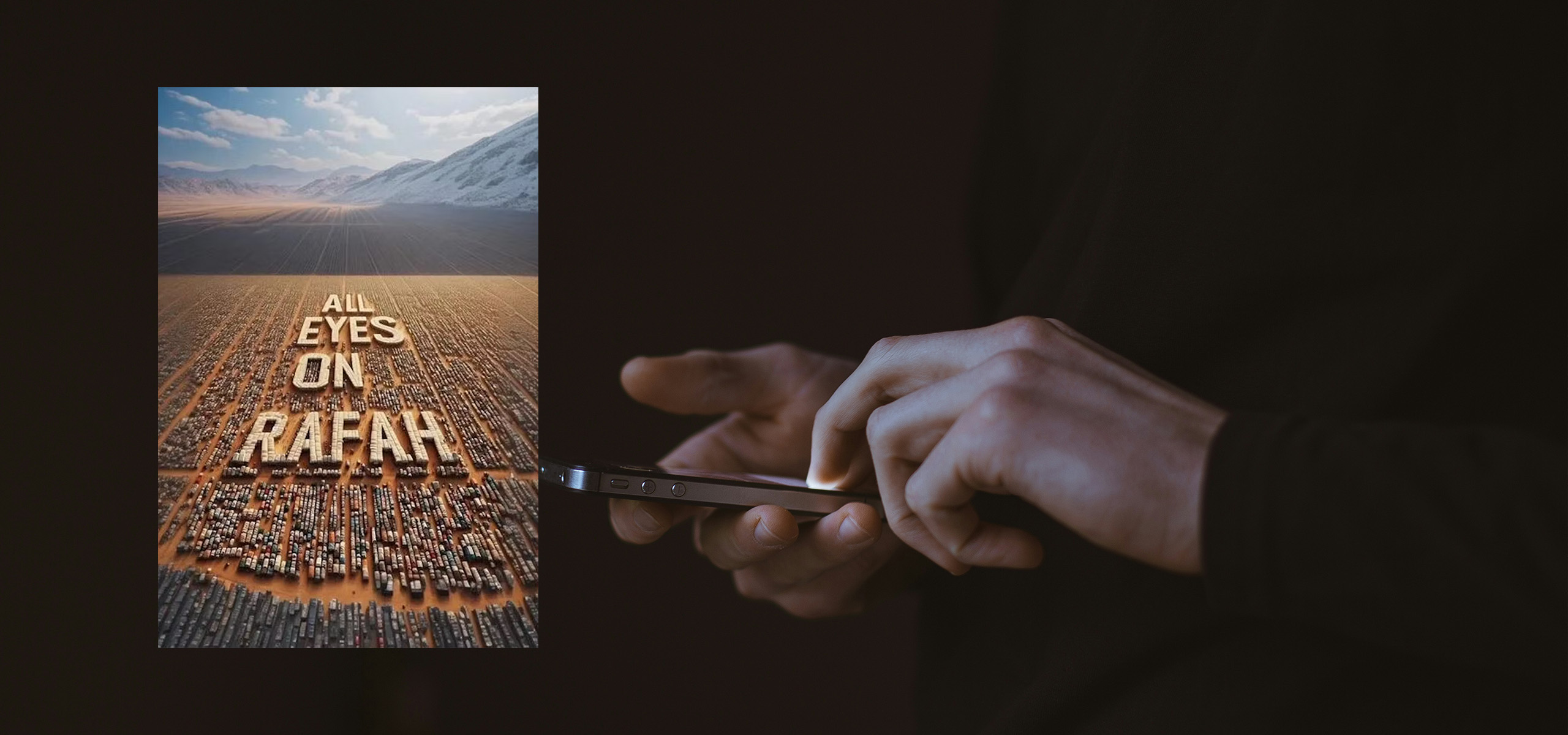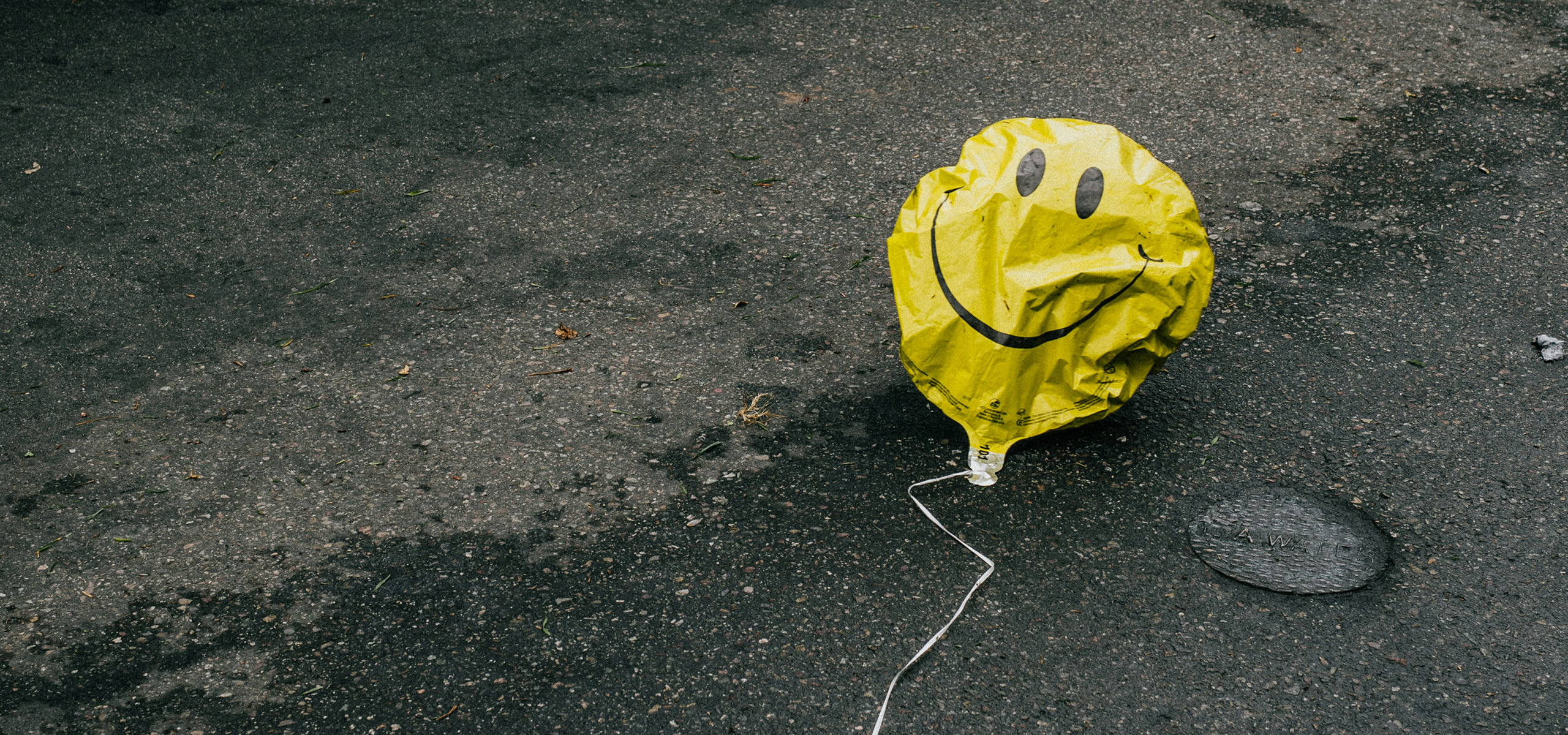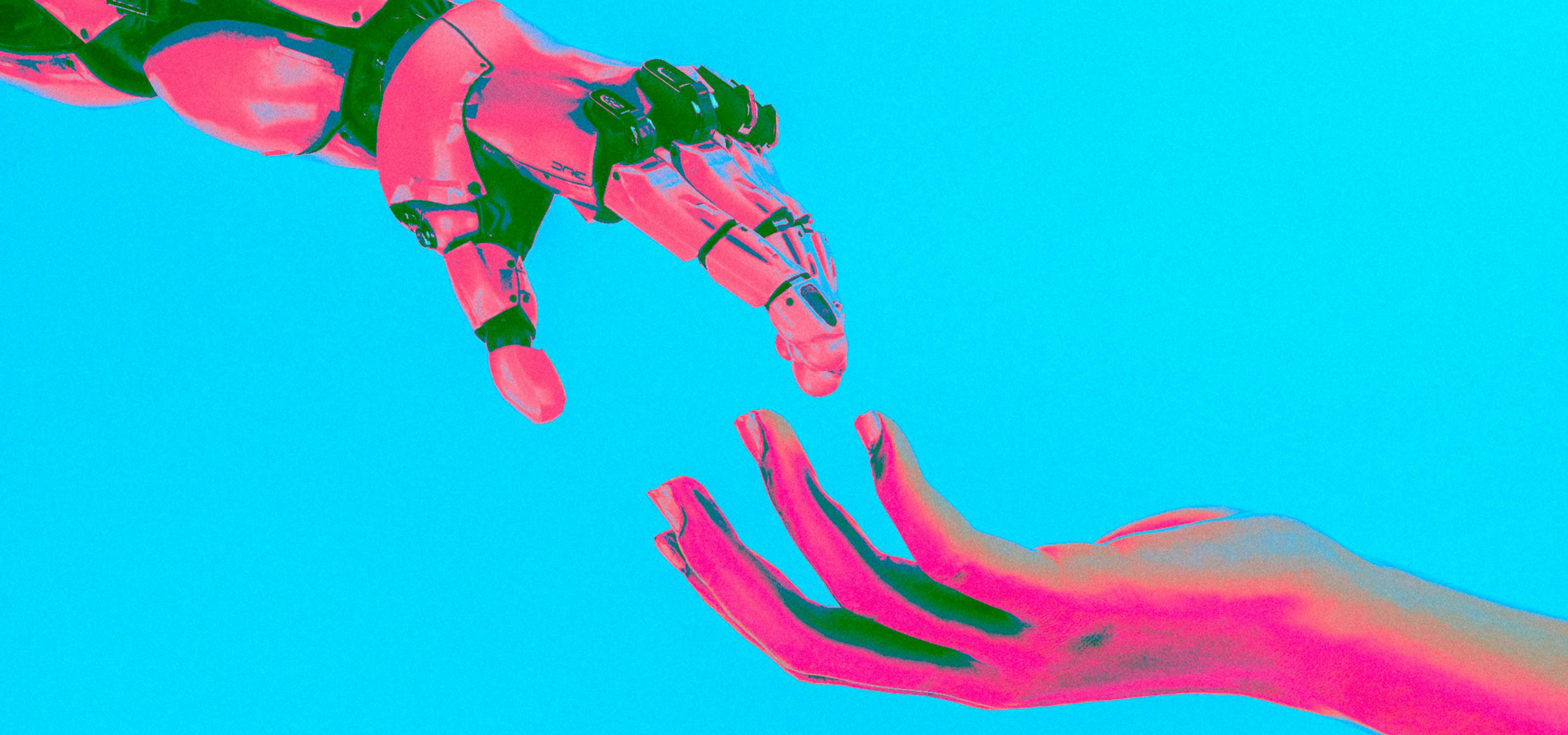All Eyes on Rafah: What’s the power of a picture?

We have seen images of Rafah burning. We have seen the tents, where Palestinians were promised safety, set aflame just two days after the International Court of Justice ordered Israel to stop the offensive We have seen a parent holding-up the body of a beheaded baby. These images made us feel shocked, enraged, and horrified, but they did not go viral. Instead, the image that was re-shared by more than 47 million Instagram users, was an AI generated picture displaying neat rows of tents, in a sunny desert valley, framed around the words ‘All Eyes on Rafah’.
In many ways this feels uncomfortable and unjust, as though we cannot bear to witness the lived reality of this conflict that others have no choice but to bear. We cannot be bothered to do more than tap the ‘add yours’ button, and share a pre-made template on our Instagram stories. In another way, it feels promising. So many millions are outraged, so many millions are watching, and perhaps the discourse is shifting.
This image has sparked significant debate about the ethics and efficacy of online activism. Here, vocal activists criticise those who are only now joining the conversation for doing much too little, much too late; for engaging in ‘slacktivism’, sharing an artificial image which included no clear pathway to more meaningful engagement.
With social media activism it can feel impossible to ‘get it right’. If you post about your activism you’re virtue signalling. If you dont post, it’s assumed you’re not doing anything. The reality for most people is more complex. It is important that we engage with this movement in real impactful ways, but it is also important that we don’t waste too much time attacking those who share the primary goals of the cause. We need to do much more than share an instagram story, but if this image allows the discourse to shift, if it draws more people into the movement, if it brings outrage into the mainstream, perhaps it’s not bad, it’s just not enough.
Through the lens of psychology, we may better-understand the sentiment of anger. Social identity theory explains the positive sense of social belonging we gain from being part of an in-group that is distinct from the out-group. Here, to maintain the integrity of the in-group we see members approach newcomers with suspicion and hostility. This is true for all social groups, but is especially pronounced in social movements that place a higher value on authenticity and commitment. When they perceive others to be virtue signalling or showing off their moral values without evidence of genuine action, it threatens the validity of their own group-belonging and triggers a negative emotional response.
Where critics have also expressed outrage at this viral image for flattening and sanitising reality, we may find nuance. We know that photos can spark change. We can remember how the image of Alan Kurdi washed up on the beach demonstrably shifted public opinion. In this conflict, there is no shortage of shocking content, so why have similarly brutal images not had the same effect? Perhaps it is the constant barrage of graphic content on social media causing compassion fatigue, desensitising us, making us feel helpless and overwhelmed. In the current digital age, perhaps effective activism demands more sensitivity, balancing the need to raise awareness with the need to not create a state of disabling despair.
With this in mind, Meta social media platforms have embedded various censoring mechanisms to try and limit explicit or shocking content. Investigations however show that restrictions have been implemented in a biassed manner, muting Palestinian voices in order to cultivate a particular narrative. Here, analysts argue that this image went viral because it was artificial, because it could circumvent censors. Restrictions are important and it is crucial that we remain vigilant to the risks of ‘fake content’, but in this case, AI images may provide an important opportunity to spread an often silenced message.
Finally, the popularisation of this ‘viral’ image could be seen as an indication of successful activism, as evidence that the ‘overton window’ of political possibility has shifted. This is significant because political leaders know that if their policy falls outside the window of what is considered ‘acceptable’, they will fall out of favour. Compared to the start of this conflict, where we saw people being fired for posting in support of Palestine, we now see millions vocalising their solidarity. In the sheer number of re-shares we see evidence of the consensus shifting. Indeed, whilst the image itself may be artificial, the sentiment of shared horror is authentic.
We are currently witnessing a brutal and deadly conflict. 1,139 people in Israel were killed by Hamas’ attack. In response Israel has killed more than 37,000 people in Gaza. The viral image has stopped circulating, but the bombing has not stopped. We cannot now go silent and allow the ‘trend’ to pass. We need to do much more than share a story on Instagram. We need our eyes to be on the real Rafah. We need to learn from and listen to Palestinian voices. We need to focus our attention on the politicians responsible.
What can you do?
Sign petitions to join the call for a ceasefire:
Save the Children: tell your MP to call for a ceasefire
Amnesty International: demand an urgent ceasefire
Places to donate:
United Nations Population Fund- Gaza Alert
Learn More:
Makan– a Palestinian-led transformative education organisation
B’Tselem– The Israeli information centre for Human Rights in the Occupied Territories
Instagram accounts to follow:
ConnectingHumanity (With information on donating ESims to keep those in Gaza connected)

